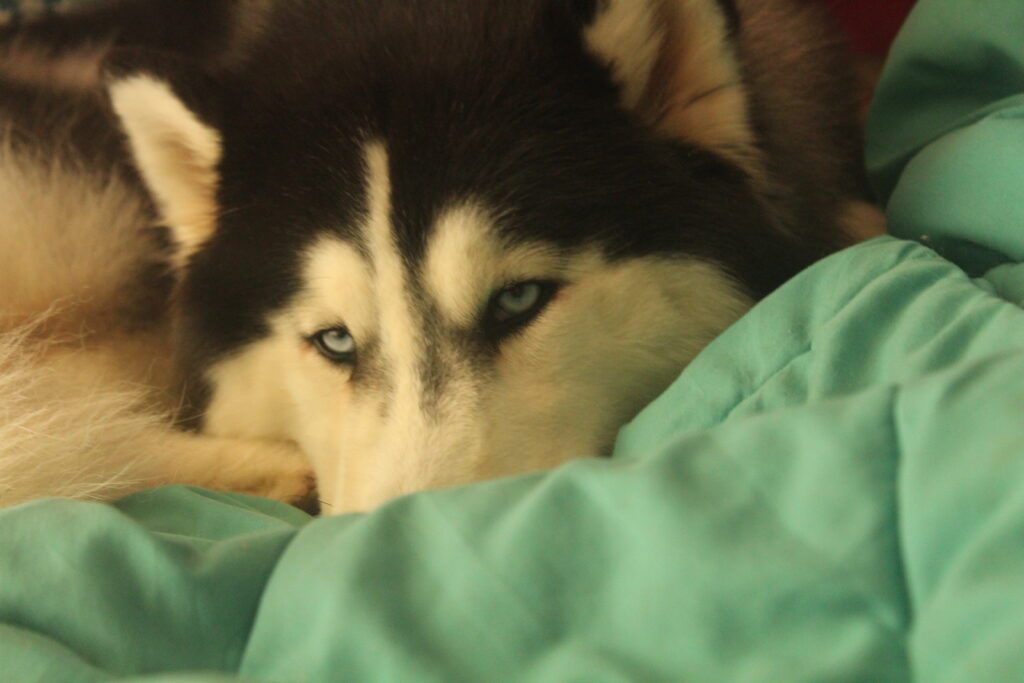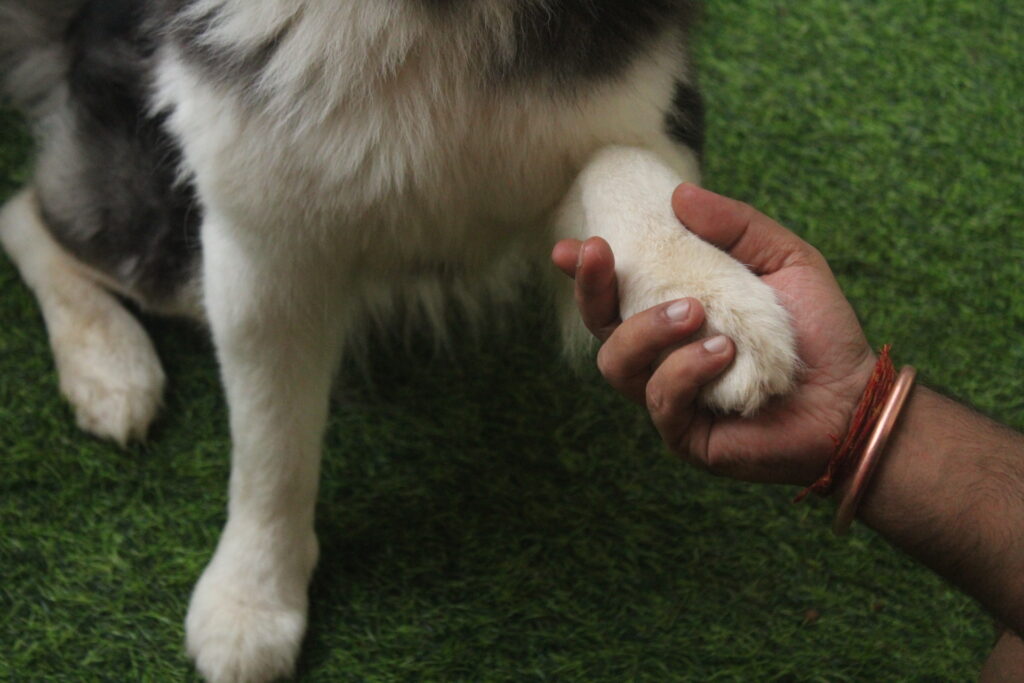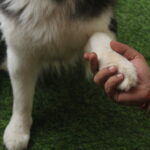Now Reading: Is Your Dog a Future Swimmer? Let’s Find Out Together
-
01
Is Your Dog a Future Swimmer? Let’s Find Out Together
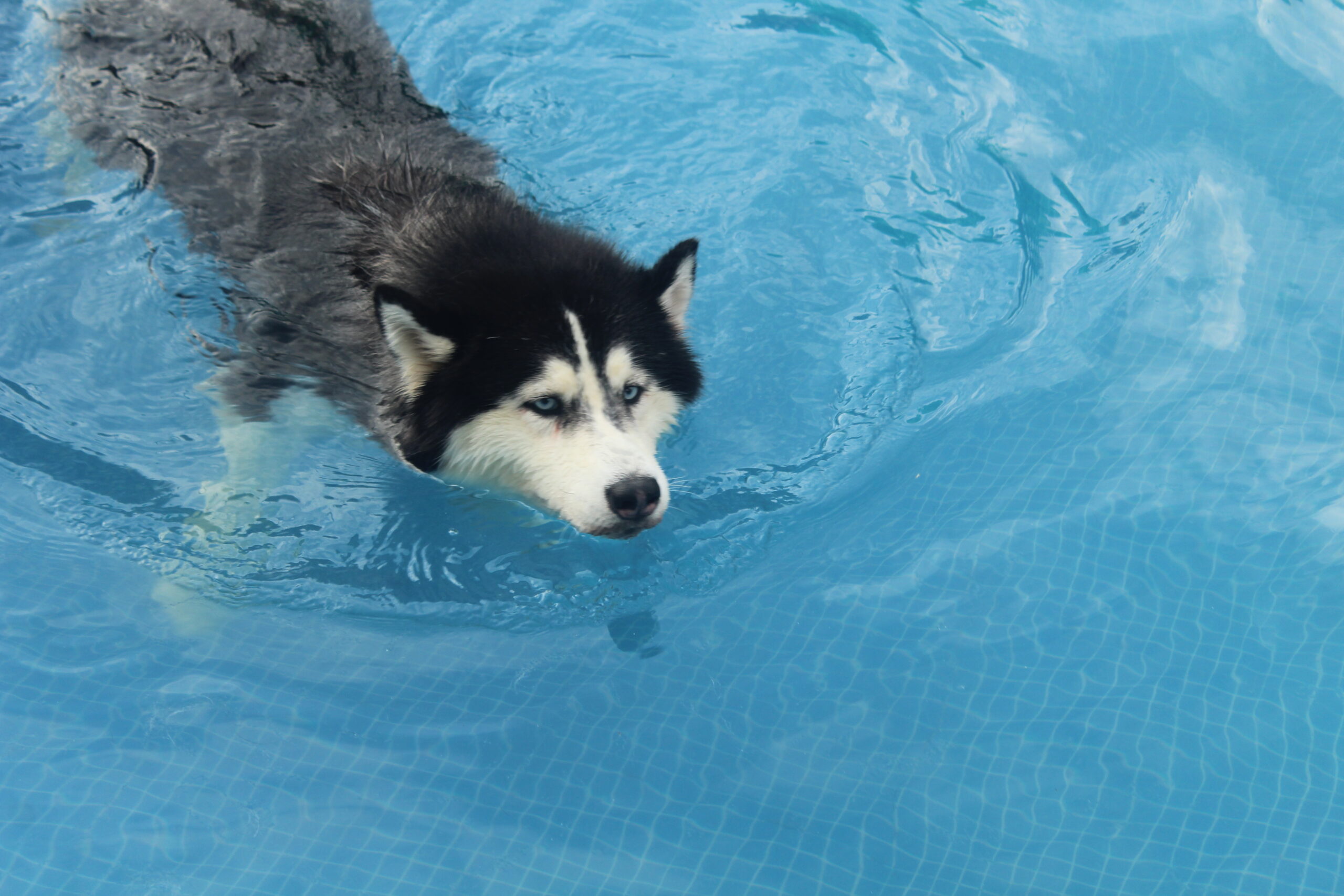
Is Your Dog a Future Swimmer? Let’s Find Out Together
From shaky paws to smooth strokes, swimming starts with trust and patience.
I have a truth to tell: I felt Kira wouldn’t like swimming until she dived into the pool for the first time. And yes, I do remember the date. It was July 13, 2025 (just a few days ago by the time I was writing this). 😇
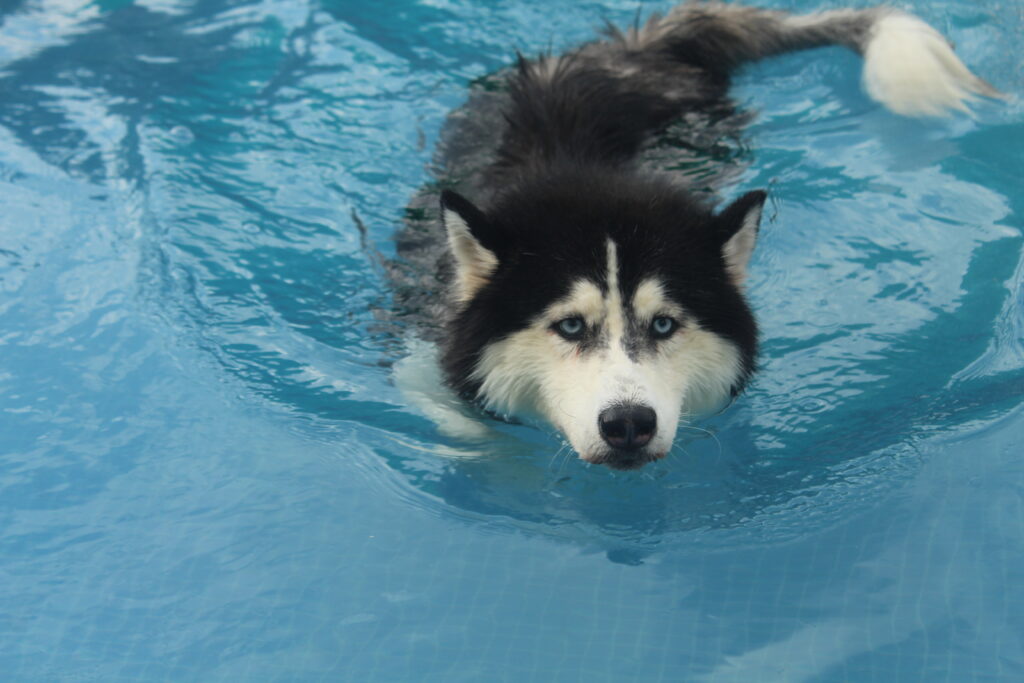
She left my mate and me by the pool, stunned, awed, and wet. Our dogs can shock us. Most of them have a gift for swimming.
However, the fact is that not all dogs are naturally inclined to swim. But many can learn to like the water with a bit of help from us.
If you are like me, you might be keen, a bit shy, and perhaps even unsure of how to get your dog to swim (I was all three!).
Is Your Dog Built for Swimming?
Firstly, while breed is not everything, it does play a part.
Some breeds are just born to float. Have you seen dogs like a Labrador or a Golden Retriever near a pond or pool? They look so full of bliss. These good dogs often take to the water like ducks.
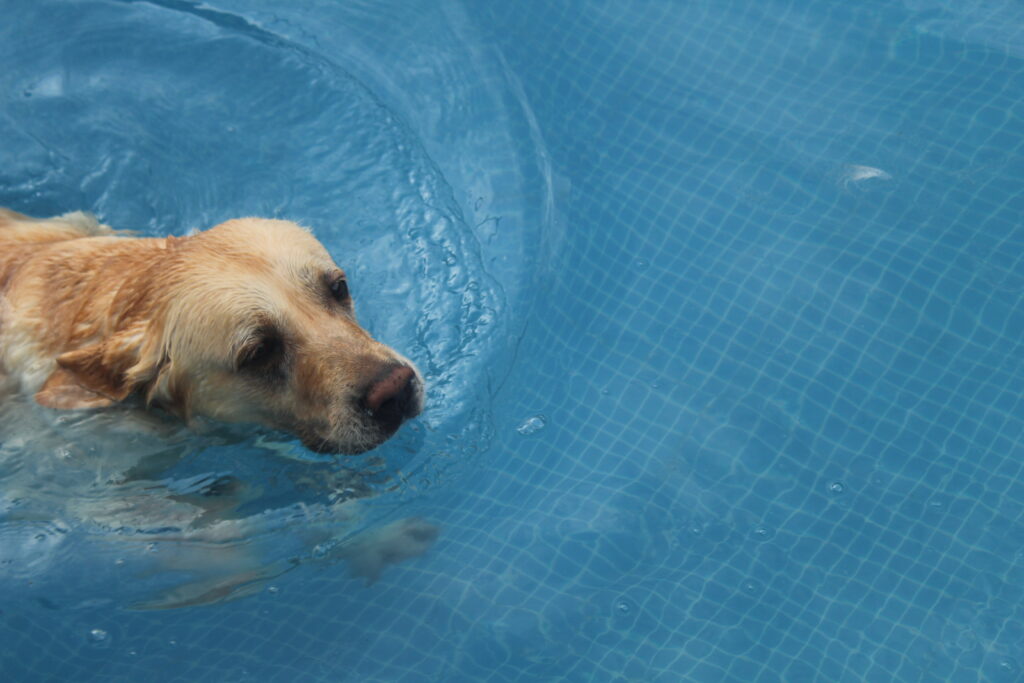
On the other hand, breeds like Bulldogs and Dachshunds may struggle due to their physical build. Dogs with short legs or plump frames are not ideal for swimming in the pool.
But that does not mean they can’t swim. They might need more help and time. And that is fine!
What is more key than breed is your dog’s mood. Is your pup full of life? Does it like new things? Does it like food or toys? Those traits can mean more than how their feet are shaped.
A shy dog might hate the pool, but a brave small dog could shock you with a great swim.
So, the best rule is: do not force it. Let your dog want to check out the water if they show a wish, significant! If not, we will give a gentle nudge. But pulling a scared pup in the water is a big no. You must make swimming a fun thing to do.
How to Tell if Your Dog Is a Natural Swimmer?
How do you know if your dog is eyeing a career in aquatic sports, or if they’d rather stay a landlubber?
Look for the hints in their behavior.
Signs Your Dog Might Love Water
“Does your pup make a total beeline for water? Like, the second they see a puddle or sprinkler, they’re pulling you straight to it? Mine isn’t the same as she has just started! But I swear, some dogs are just born to love water, and here you see Tiara, enjoying swimming as if she were born for it.
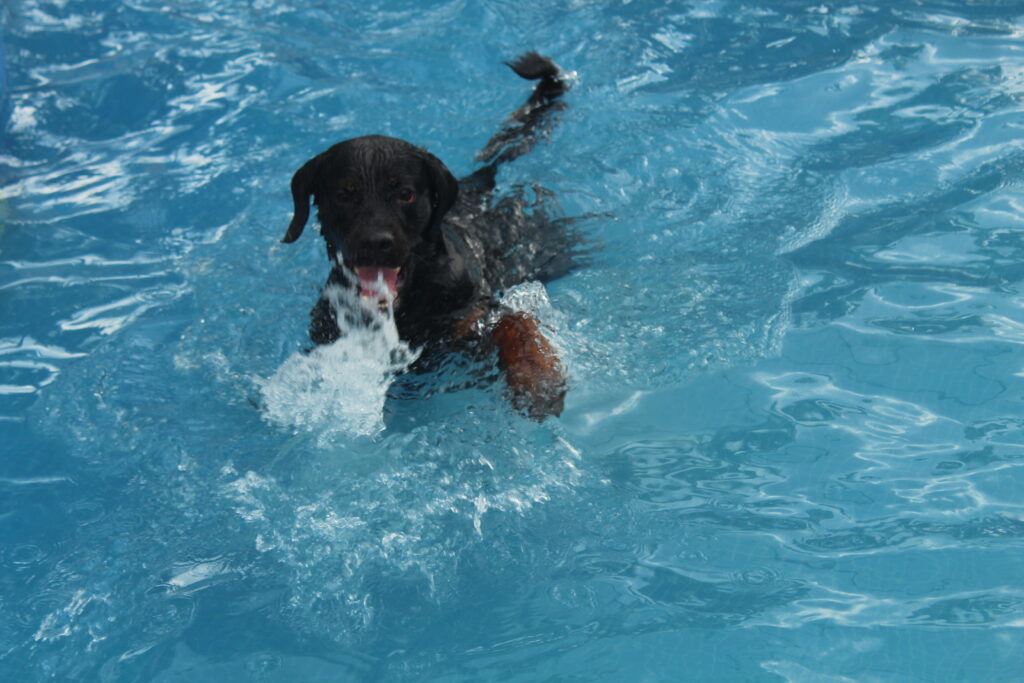
You can also try a kiddie pool. I don’t have a backyard in Bangalore. However, in my hometown, we have a huge backyard where we’ve set one up, and our dogs plop right in (especially during the summer). And it looks like their personal spa day. So, if your pup’s comfortable standing in water or splashing around, that’s a good sign they’re confident around it.
You can also understand from how they react to a rainy romp. If your pup is wonderful being muddy and soaked, or doesn’t panic when they’re wet, such babies usually don’t mind the idea of swimming at all.
Signs to Pause or Take It Slow
As I shared earlier, not all pups are ready to swim. And that’s okay too! If your pup is avoiding water, like they’ll walk around even the tiniest puddle, or act like the garden hose is a slithering snake, that’s their way of telling you, “No thanks, I’ll take a dust bath instead!”
You also need to read their body language of fear. If your dog’s tail tucks, they start trembling, whining, or try to bolt whenever they’re near a pool or lake, those are huge red flags. A scared dog needs a lot of confidence-building on land first.
At the worst, some breeds will go stiff or do a “flat pancake” impression when you try to coax them toward water, basically playing dead to avoid it. That’s a definite “hard no” from them, and pushing them further will only exacerbate their fear.
In short, every dog is different. The key is observing your pup. They might not speak our language (if only!), but they’re communicating through those tail wags or tucked tails. As a pet parent, you need to respect those signals, and you’ll know whether to charge ahead or slow your roll. 🤗
How to Prepare Them for Their First Swim (Without Scaring Them for Life)
Alright, so your fur baby is comfortable with swimming, and you’ve decided to give your fur baby a paddleboard a try. Now the next question is, how do you start?
The goal of the first swim is simple: make it fun and stress-free. Skill can come later, but curiosity and confidence come first.
Start shallow. Think kiddie pools, backyard sprinklers, or a calm lake shore with a gentle slope. You want your pup to be able to stand comfortably and control how deep they go.
If your dog is a total newbie to water, even a large bathtub (no jets, please!) or a plastic kiddie pool with a few inches of water can be a great intro. The idea is to let them get their toes wet (or their entire paws) at their own pace.
Gear up for safety. Before the big day, consider buying a doggy life vest – yep, even for breeds that “should” swim well. It’s an extra peace of mind and keeps your dog’s head above water while they’re still learning.
Look for a vest with a handle on the back, so you can easily guide or lift your pup if needed. Also, use a secure, slip-proof harness or collar. Wet fur is slippery, and you’ll want something reliable to grab onto if you need to steer your pup or gently pull them back to shore.
Pick the right day and spot. A warm, sunny day with warm water is ideal for a first swim. Trust me, nobody, be it a dog or a human, enjoys the shock of icy water for their first dip!
Next, select a quiet, shallow area with minimal to no current. A calm lake or a slow river works better than big crashing ocean waves for Lesson 1. You also need to ensure that there are fewer distractions and gentle waters so that your fur baby feels more at ease.
Now, take it slow and let them lead the way. This part is huge. Your job is to be a calm cheerleader and a lifeguard, not a drill sergeant. Here are some tips for that first swim session:
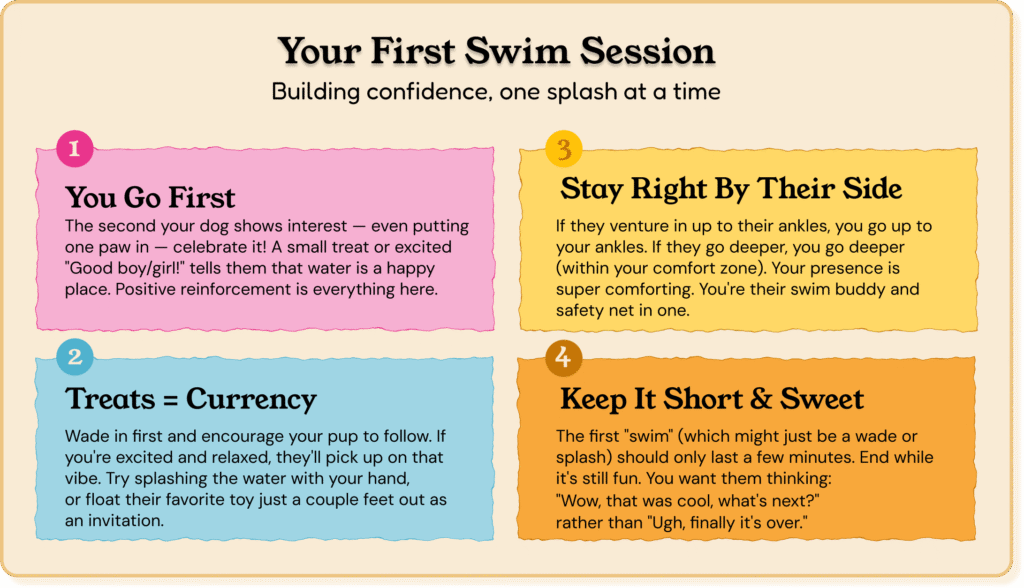
Swimming Is Fun, but Safety Comes First: 4 Rules I Swear By
Swimming is tons of fun, but water has its risks. Just as we put floaties on our kids and watch them closely, our furry swimmers need proper safety measures. Here are some non-negotiables from one cautious dog mom/dad to another:
- Life vest, every time (until they’re truly pro). We talked about life jackets, and I’ll repeat it: use one for all early swims. Even later on, you still need to pop a life vest on your dog for beach trips or boating. It only takes a second for a tired pup to get in trouble. A life vest keeps their head up and gives you a handle on their safety. Better safe than sorry, always.
- Watch the fatigue factor. Dogs can overdo it without realizing it. One minute they’re doing water zoomies (yes, that’s a real thing and sudden bursts of crazy energy in the water!), and the next minute they’re utterly wiped out. Keep an eye out for heavy panting, a slower doggy paddle, or your dog trying to head for shore. That’s your cue to give them a break. It’s normal for a pup to crash into a long nap after swimming; it’s hard work!
- Rinse off after swims. If your dog’s been in a pool, lake, or the ocean, do a quick rinse with fresh water when you’re done. Chlorine, salt, algae, or pond muck can irritate their skin (and, frankly, that “eau de wet dog” smell is more potent if you let them air-dry after getting dirty). A gentle wipe with a damp cloth will do wonders.
- No solo swim sessions. This one’s simple: never let your dog swim unsupervised. Even a strong swimmer can get a cramp, get stuck somewhere, or misjudge their stamina. If you’re not actively watching, they shouldn’t be in the water, period. We need to consider ourselves as the lifeguard on duty whenever our pup is swimming.
Celebrate the Wins (Even the Splashy Ones)
Finally, let’s talk about celebration and positive reinforcement! 🎉 Celebrating the first swim class wins will keep your dog motivated and happy. After all, no achievement is too small when it comes to our fur babies.
I’m sharing a few ideas that came to mind when I was thinking about this:
- Keep some treats handy. You need to break out the when your fur baby dipped their first paw in the water for the first time. That moment of bravery deserves a party.
- Get that camera ready, because you’ll want to remember the face they make when they realize, “Hey, I’m doing it!” Lots of praise here. Perhaps even a special toy reserved exclusively for water play, serving as a high-value reward.
- First actual swim strokes? Whether it’s too clumsy or a relaxed swim across a shallow pond, that’s BRAG-WORTHY. Your pup just became a swimmer! Time to call Grandma, post it on Instagram, or at least give your canine buddy a big snuggle and a “I’m so proud of you!” in that goofy voice we all do.
You need to treat building your dog’s water confidence like teaching a kid to ride a bike: with encouragement, patience, and lots of cheering. If you’re laughing, smiling, and genuinely having fun, your dog will feel that energy. They might not understand your words, but they understand your tone and body language.
So, be silly, be excited for them, and don’t be afraid to act like it’s the Olympics every time they make progress.
And if your dog decides halfway through that they’d rather roll on the sand than swim? Celebrate that too. They tried, and maybe they’ll try again next time. The goal is to ensure the experience remains positive, regardless of the outcome on that particular day.
Your Dog Doesn’t Need To Be Michael Phelps To Enjoy the Water
Remember this: your dog doesn’t need to be a champion swimmer to have a blast in the water. Some dogs will take off and swim laps like furry Olympians. Others will wade, splash, and play at the water’s edge and never go deeper than their belly. Both are okay.
This journey can bring confidence, joy, and shared experiences. If you and your dog are having fun, you’re doing it right, wherever you are.
So… is your dog a future swimmer? There’s only one way to find out. Get your sunscreen, a towel, and your sense of adventure. Take it slow, stay positive, and see where this new journey takes you.
From one dog parent to another: I’ll be cheering you on from the shore (with a very proud, very wet dog by my side). Now, let’s swim out there and make some splashy memories together! 🐶💦
And oh yes, Kira took her first dive in the Therpup Cafe in Bangalore. If you’re around in the same city and want to say ‘Hi’ to my girl, you can find me here.











